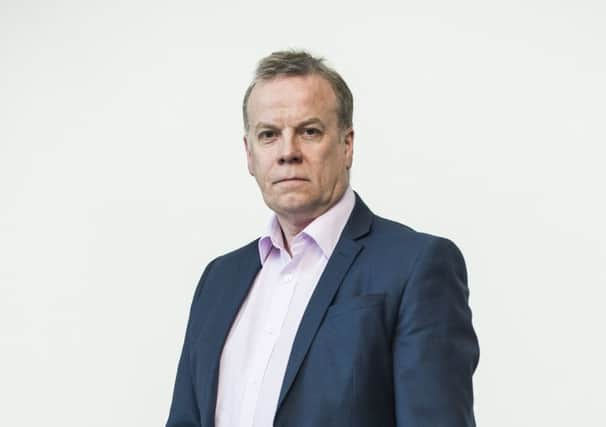Comment: More trams needed


The mockers are still having a go at the delays and the cost, but the public seems to be getting behind it and there is bound to be standing room only when the first carriages begin taking paying passengers on 31 May.
It was inevitable that bad memories of the roadworks and the escalating budget would quickly fade and that excitement would build as the launch approached.
Advertisement
Hide AdAdvertisement
Hide AdThere is little hope of ever recouping the £776 million now spent (just shy of £100m per mile). However, the announcement on Tuesday that the price of a return ticket to the airport will be going up even before anyone has climbed aboard is indicative of some last minute rethinking about how the tramway is going to cover its operating costs.
Questions remain about who will use it, given its limitations. After the initial bout of enthusiasm, the council must be concerned that passenger numbers may fall below the target required to ensure it is viable. Lots of residents will choose to take a ride out of curiosity, but may rarely use it again, especially as it leaves most of the city untouched.
While it will be popular with commuters to the Gyle and Gogarburn and will help stimulate investment along the route, there are concerns that the “Edinburgh” tram is a near- £1 billion service exclusively for a narrow western corridor and is mainly designed for the benefit of tourists, rather than the residents.
There are also doubts about the tramway’s addition to the city’s “green” credentials. Bus routes and services will be largely unaffected, and because the eight-and-a-half-mile “western” route does not follow either Corstorphine/St John’s Road or Queensferry Road it is unlikely to persuade motorists in the more prosperous neighbourhoods such as Barnton, Blackhall, Corstorphine, Craigleith, Cramond, or Murrayfield to abandon their cars.
The logical solution, therefore, is to extend what is essentially a “core” service. Recent news about the redevelopment of the St James shopping centre has rekindled plans to lay track along Leith Walk, which would sensibly take the tram into the highest density community in Scotland. The company behind the redevelopment of St James is in talks about contributing to the cost as it understands how the tram will help attract more shoppers.
Council taxpayers may throw up their hands in horror at the prospect of more expense and disruption, but an extension – in fact, several extensions – is a no-brainer. The city council therefore needs to capitalise on the current wave of popular support by looking at other routes, not least into the south side areas of Craiglockhart and Morningside.
After all, a network that does not provide connectivity for a greater number of residents is not a network at all and will quickly lose support among those who feel it does not serve their needs.
Mixed messages at Edinburgh agms
TWO company bosses face shareholders with somewhat different messages today. Sir Bill Gammell steps down as chairman of a slightly troubled Cairn Energy, the company he established 30 years ago, while Antonio Horta- Osorio brings the Lloyds Banking Group circus to town in bullish mood.
Advertisement
Hide AdAdvertisement
Hide AdThe Cairn annual meeting may be concerned with tax issues in India, the country that helped put the company and its founder on the map.
Horta-Osorio is the banking chief executive who returned from a period of enforced absence through exhaustion to lead Lloyds to recovery.